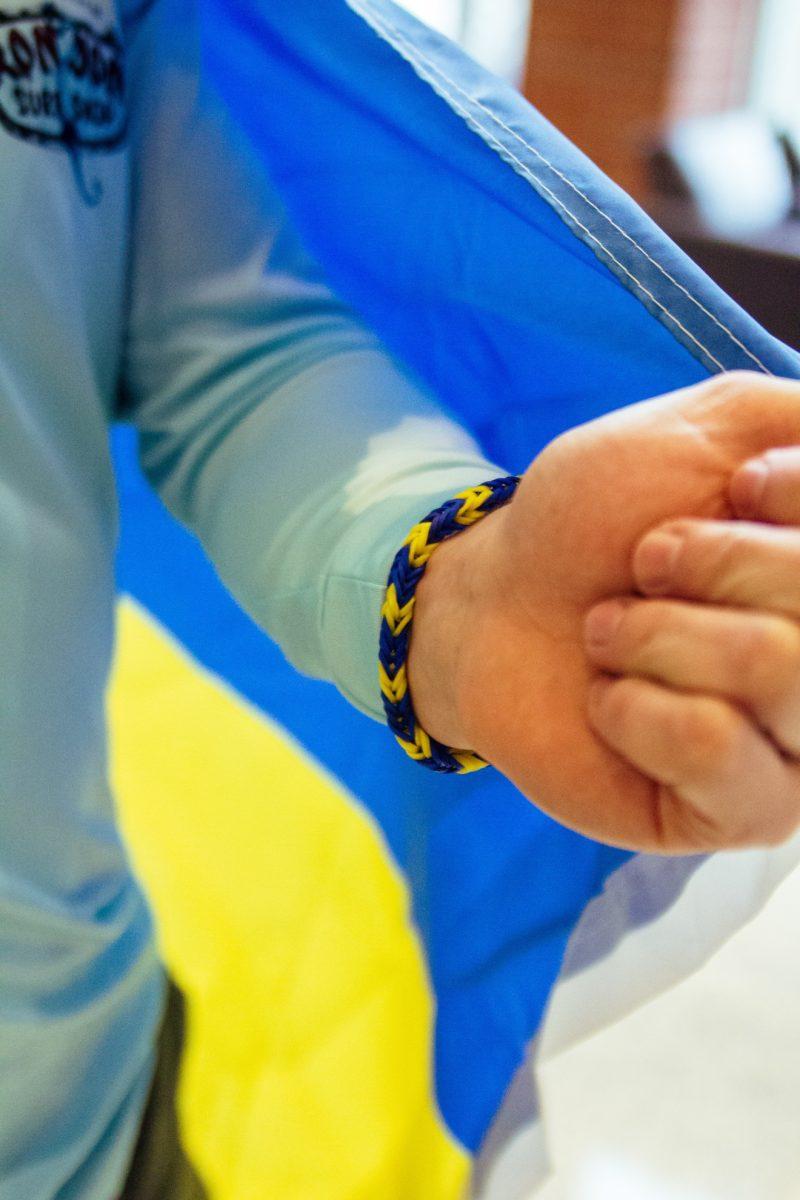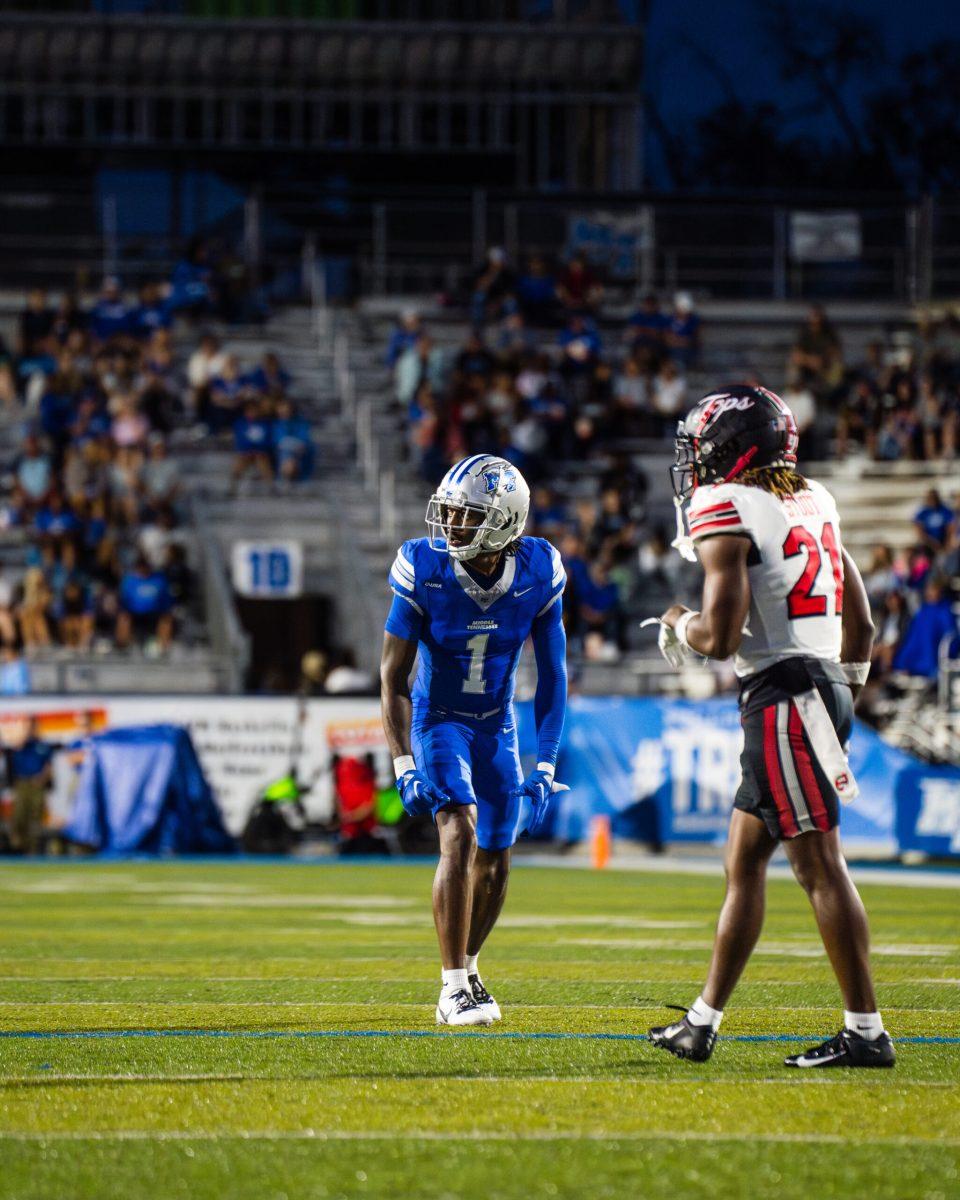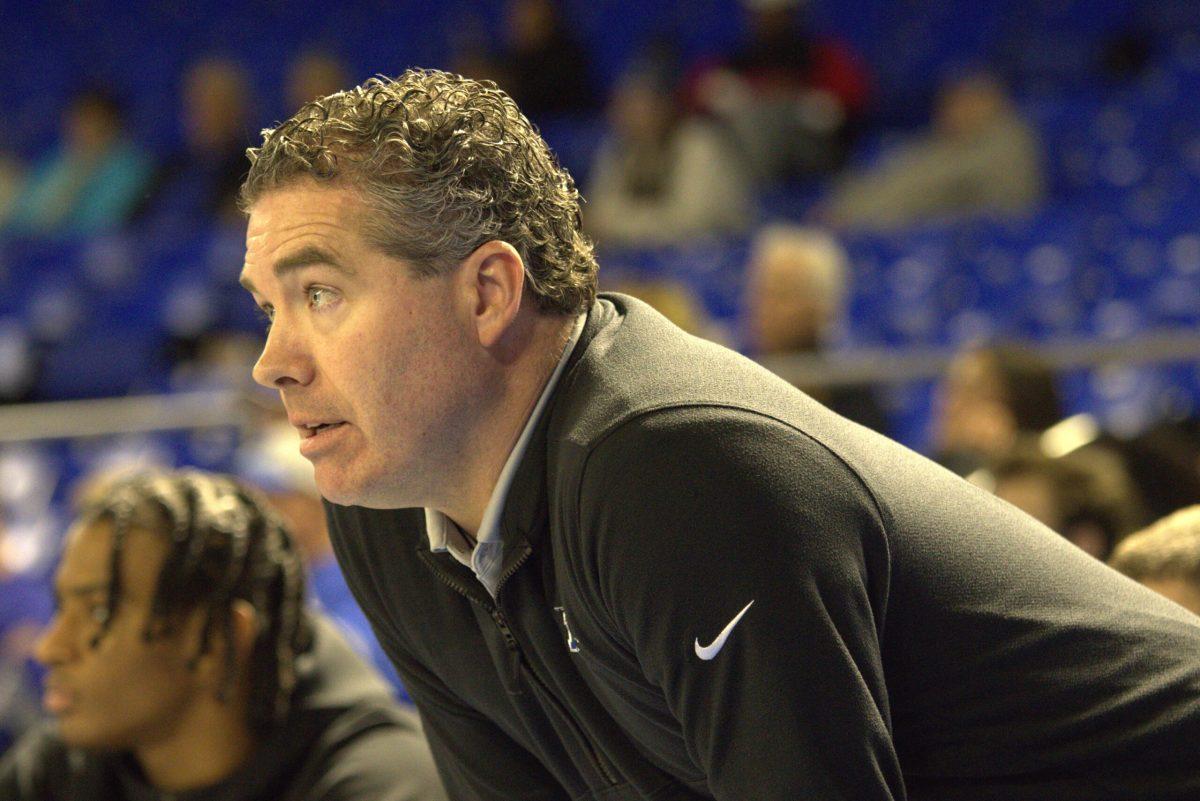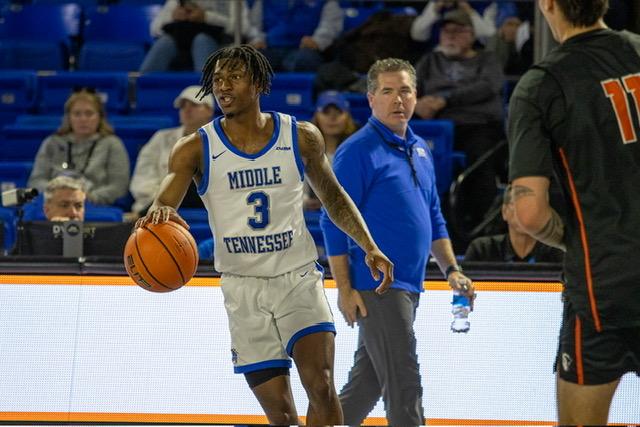Featured Photo by Reggie Johnson
Story by Noah McLane
One year ago today, the world stood aghast as Russian President Vladimir Putin ordered strikes on targets across Ukraine and over 100,000 troops to attack its neighbor’s eastern and northern borders. Ships in the Black Sea opened their batteries on port cities in the south.
Russia’s invasion of Ukraine marks the biggest armed European conflict since World War II.
Five million Ukrainians have been displaced and Ukrainian authorities estimate at least 7500 civilians have been killed.
The Kyiv Independent said Russian casualties number over 130,000 along with scores of equipment. The Armed Forces of Ukraine has kept casualty figures out of public view but estimates put their losses at close to 100,000.
Putin gave the order to attack after the Kremlin formally recognized the independence of two breakaway southern Ukrainian regions saying, “We will seek to demilitarize and denazify Ukraine.”
Russia has yet to put forward any evidence of widespread Naziism in Ukraine. Many experts speculate Russian propaganda attempting to paint Ukrainians as Nazi is an attempt to harken on the ethos the Russian people have surrounding World War 2.
Geopolitical landscape leading up to the current conflict
On Christmas Day 1991, inside of a small concrete room deep within the Kremlin, the last leader of the Soviet Union Mikhail Gorbachev signed papers officially dissolving the Soviet Union into 15 independent states.
Three years later, Ukraine would enter an agreement with Russia in which Ukraine would dispose of its nuclear arsenal in exchange for Russia’s promise to respect Ukranian borders.
Later that year, Ukraine joined NATO’s Partnership for Peace, a “collaborative arrangement open to all non-NATO European countries and post-Soviet states” according to NATO. This included expanded economic assistance and joint military exercises.
Since gaining independence in 1991, Ukraine has struggled to form a functioning democracy and often instead followed the example of its eastern neighbor. Russia’s culture of cronyism and oligarchical governance spread to Ukraine despite the westward drift of the Ukrainian zeitgeist.
Ukrainians reached a boiling point in 2000, when a journalist investigating corruption disappeared and his beheaded body was later found outside of Kyiv.
The Orange Revolution and Euromaidan Protests
A tightly contested election in 2004, between Russian-backed candidate Viktor Yanukovych and Ukrainian nationalist candidate Viktor Yushchenko, saw Ukraine pushed to the brink of political disaster. Russian President Vladimir Putin claimed his candidate, Yanukovych, had won in a landslide victory.
However, the international community condemned the election as unfair and reports of voter intimidation from elections officials spread. After 17 days of protests by people dressed in orange, Yushchenko’s campaign color, and threats of succession by eastern regions, the Ukrainian Supreme Court ruled the election was invalid and ordered a new runoff.
The resulting runoff saw Yushchenko beat Yanukovych and signaled a significant shift in Ukrainian popular sentiment toward the rest of Europe.
The next election cycle would see Yanukovych elected to the presidency. This constant back and forth between pro-western and pro-Russian officials as well as Russia’s thinly veiled attempts to impose its will upon Ukraine via trade agreements created more pro-western sentiment in Ukraine.
In 2013, Ukrainians once again took to the streets in protest, particularly, Maidan Square in Kyiv. This time, it was in response to President Yanukovych’s decision to pull out of signing an association agreement with the EU.
The agreement would have begun a process to help Ukraine better integrate with EU rules and regulations in case of a future bid to join the EU, but Yanukovych pulled out at the last minute. The subsequent protests resulted in some of the most significant changes to Ukrainian government and the corruption that had weaseled its way into everyday life.
Open Society Foundations, the world’s largest private funder of independent groups working for democratic government and human rights, said “The protests were more than a demand for closer EU relations; they were a rejection of injustice as a way of life and of the post-Soviet politics of corruption and nepotism”
The protest in Kyiv grew to over 100,000 people and spread throughout the country. Yanukovych’s brutal response resulted in over 100 civilian deaths. When he fled the country, the protests grew even more and parliament voted to remove him from office.
Despite growing calls for reform, Ukraine still hosted pockets of pro-Russian groups, primarily in Crimea and southern regions.
The war begins
In February of 2014, unmarked pro-Russian gunmen took over various state buildings in Crimea.
A month later, an internationally disputed referendum took place in Crimea which resulted in Russian President Vladimir Putin declaring Crimea part of Russia.
On a televised call-in with the nation, Putin claimed that it was done as a response to the placement of NATO missile defense systems in eastern Europe.
“When the infrastructure of a military bloc is moving toward our borders, it causes us some concerns and questions. We need to take some steps in response,” said Putin.
Presidents of the European Council and European Commission released a statement in response saying, “We reiterate the strong condemnation of the unprovoked violation of Ukraine’s sovereignty and territorial integrity and call on Russia to withdraw its armed forces to their pre-crisis numbers and the areas of their permanent stationing, in accordance with relevant agreements.”
Not only did Russia illegally annex Crimea (according to the EU and US), they began sending millions of dollars of military aid to pro-Russian separatist groups in Ukraine’s Donbas and Luhansk regions.
In June of 2014, Petro Poroshenko, a reformist candidate, was elected amid violent clashes in the south between Ukrainian and separatist forces.
“Our first step will focus on ending the war, chaos and disorder,” said Poroshenko after his victory.
2014 is when the war began for many Ukrainians. But after two Russian Special Forces soldiers were captured in the Luhansk region in 2015, the already waning sentiment towards Russia held by Ukrainians plummeted.
Ukrainian President Poroshenko was quoted by the BBC in 2015 saying, “This is not a fight with Russian-backed separatists, this is a real war with Russia. The fact that we captured… Russian regular special forces soldiers [is] strong evidence of that.”
The Minsk agreement was signed in 2014 and called for a ceasefire in the Donetsk and Luhansk regions of Ukraine but was short-lived as fighting continued.
Putin is a warmonger
President Purim’s blatant disregard for Ukrainian sovereignty is nothing new.
The ex-KGB agent who won the presidency in 2000 has made it clear time and time again that he plans to reestablish Russia to its former Soviet glory by expanding Russian territory to its “historical” borders.
Putin oversaw Russia’s victory in the second Chechen War (1999-2009).
In 2008, Russia invaded Georgia.
In 2015, Putin began to provide military support to the Assad regime in Syria in their civil war with jihadist rebels, at the behest of the international community.
Russian aggression in Eastern Europe is nothing new, and, if anything, the war in Ukraine is further proof of Putin’s imperialist aspirations.
While the war is far from over, morale in Ukraine remains high. Twelve months later, Russia is still fighting and arguably losing a war that, according to their own military experts and experts abroad, should have lasted less than seven.
Hope of another Ukrainian offensive this spring has been reinforced by the announcement of western tanks being sent in addition to additional sanctions against high ranking Russian officials.
Noah McLane is the international politics reporter for MTSU Sidelines.
To contact News Editor Kailee Shores and Assistant News Editor Alyssa Williams, email [email protected].
For more news, visit www.mtsusidelines.com, or follow us on Facebook at MTSU Sidelines or on Twitter and Instagram at @mtsusidelines.








